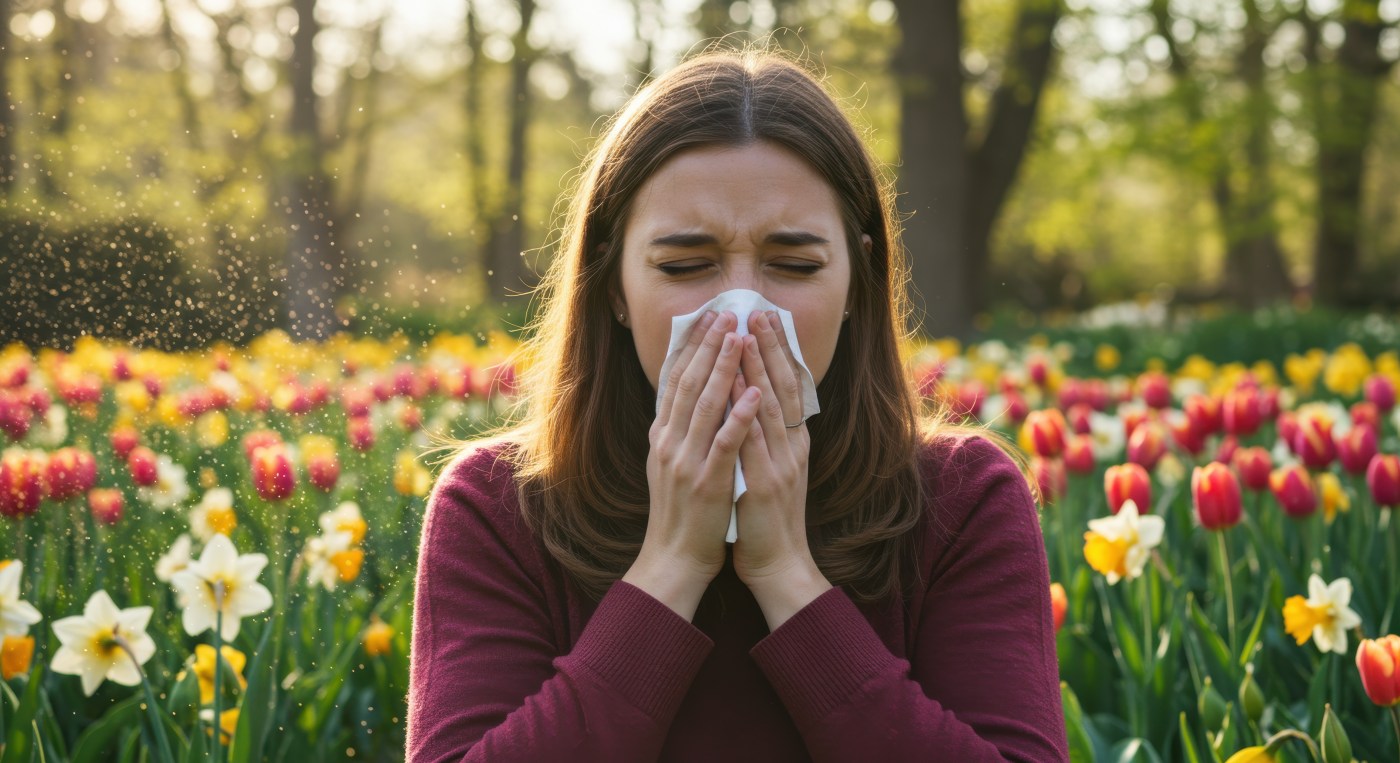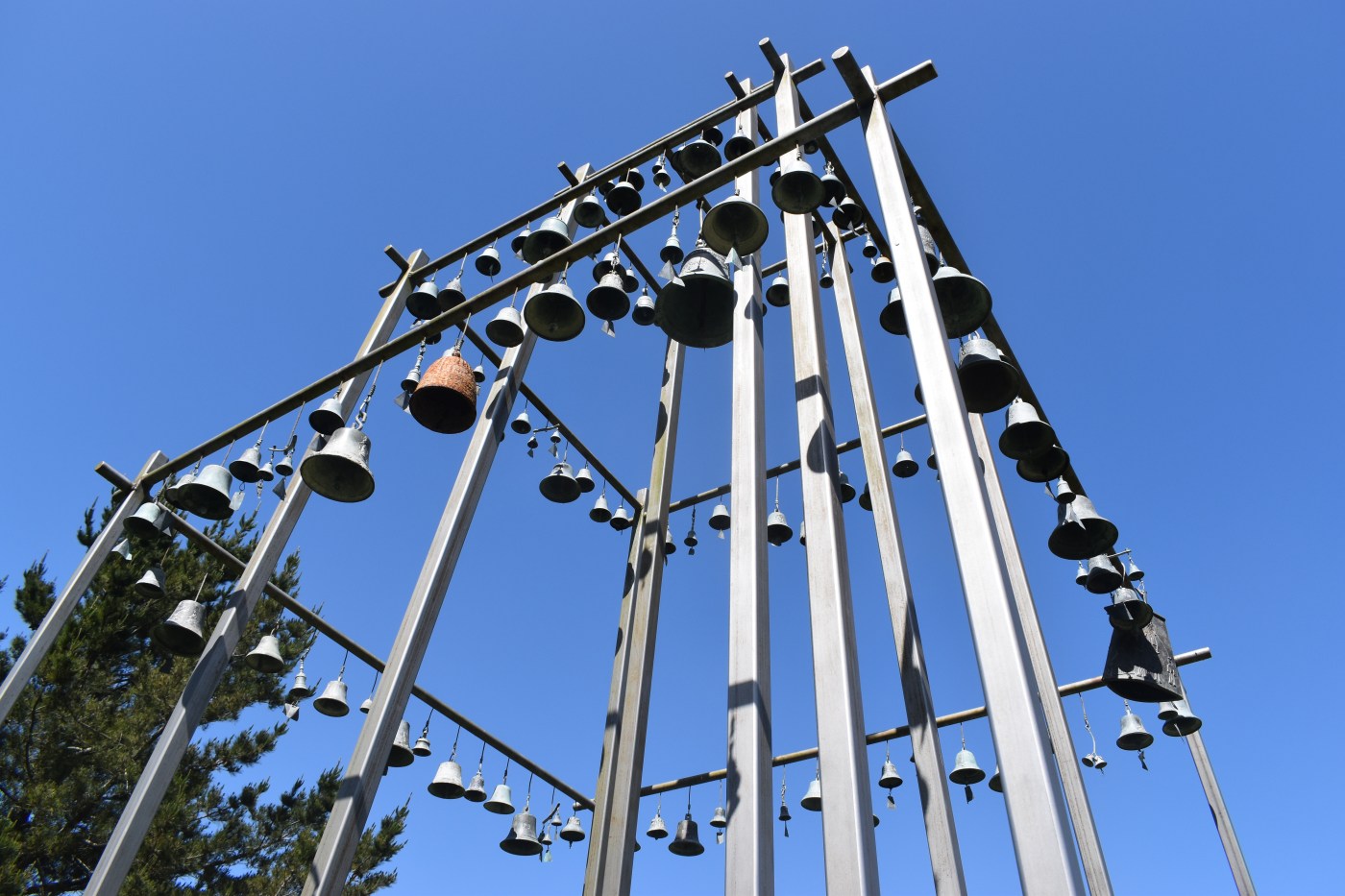Spring is in full swing by May, and while it’s a beautiful time of year, it can also be brutal for allergy sufferers. One of the most common culprits? Weed pollen. Though grasses and trees usually get the blame early in the season, weeds—like ragweed and mugwort—start releasing their pollen in late spring and can trigger a range of allergic responses. Here’s what’s really happening in your body and environment when weeds start to bloom.
The Immune System Overreaction
At the heart of any allergy is the immune system. In allergic individuals, the immune system misidentifies a harmless substance—like weed pollen—as a threat. To fight off this perceived invader, the body produces immunoglobulin E (IgE) antibodies, which then trigger the release of histamine and other chemicals. These substances cause inflammation and symptoms like sneezing, itchy eyes, runny nose, and congestion.
According to the American College of Allergy, Asthma & Immunology (ACAAI), about 10–20% of Americans suffer from weed pollen allergies, with ragweed being the most infamous trigger. Just one ragweed plant can produce up to a billion grains of pollen in a season, and thanks to wind dispersal, that pollen can travel hundreds of miles.
Why May Matters
While ragweed tends to peak later in summer, other allergy-inducing weeds like plantain, sorrel, lamb’s quarters, and mugwort start releasing pollen as early as May. Climate change is also extending pollen seasons—meaning that the start times are creeping earlier and lasting longer. A 2019 study published in The Lancet Planetary Health found that pollen seasons in North America have grown longer and more intense over the past few decades, partially due to rising temperatures and increased carbon dioxide levels, which promote plant growth and pollen production.
Environmental Triggers & Prevention
One of the best tools in an allergy sufferer’s toolkit is pollen forecasting. Apps like Pollen.com, WeatherBug, and Zyrtec’s AllergyCast provide daily pollen counts and forecasts, helping individuals plan outdoor activities when levels are lower.
Experts recommend staying indoors during peak pollen hours (usually early morning), using HEPA filters in homes, and showering after spending time outside to wash off pollen. Over-the-counter antihistamines like loratadine or cetirizine can help reduce symptoms, and in severe cases, allergists may recommend immunotherapy (allergy shots or tablets) to build long-term tolerance.
When to Seek Help
If you experience persistent symptoms that interfere with sleep, concentration, or daily functioning, it’s worth visiting an allergist for testing. They can identify your specific triggers and tailor a treatment plan accordingly.
Valuable Resources:
American College of Allergy, Asthma & Immunology (ACAAI)
National Institute of Environmental Health Sciences – Pollen & Allergy
Pollen.com Allergy Forecast
The Lancet Planetary Health, 2019. “Climate change and pollen season trends in North America”
If you’d like this adapted for a specific publication or audience, I can tailor the tone or add visuals/links too!
Related Articles
Pardons Are A Priority Over Marijuana Rescheduling
Cannabis Chills While Alcohol Can Get Dark
Native American Tribes Find Economic Power In Alcohol, Cannabis And More
Cannabis Grows and Water Usage
DeSantis In Trouble From Congress Over Blocking Marijuana





